Gardeners are undoubtedly creatures of habit because success in the plot depends on building a knowledge of the seasons, climate and day length.
That reminds me of my Grannie Hamilton who used to say by about this time of the year “The nichts’ll shin be drawin’ in”!
In other words, as the days shorten and nights begin to get cooler, the growing conditions for our plants are perceptibly beginning to change, too, so it must be time to stop for a minute and examine the facts.
Up to mid-summer most plants are in full growth as the days lengthen and the temperatures rise with enough rain to keep the plants in a healthy growing condition.
That said, for the last couple of years as I mentioned quite recently, the rainfall has been rather unpredictably sparse in in the whole of the UK, leading to poorer plant performances.
In relation to edible crops that means yields will be poorer. Indeed, in the last week, you may have seen reports from our farming colleagues that it is happening again – crops are short of water! Surely that must be related to climate change?!
Preparing for winter
Back in the garden, early flowering plants will need ‘dead-heading’ (removal of dead flowers) as the emphasis turns to extending and maturing their growth, while some will produce a second flush of flowers!
New, soft growth on woody perennials – trees and shrubs to be precise – will be starting to ripen and lignify to be able to cope with the tougher conditions of winter.
Simultaneously many which have flowered will be ripening their fruits – to the delight of the bird populations!
Yet again this gives us the chance to improve the shape of anything that is becoming a tad wayward.
I did mention this recently in relation to soft fruit bushes like black and red currant, gooseberries and cordon to fruits like apple but I also have in mind other shrubs but particularly young trees, planted for decorative purposes like my all time favourite garden tree the Rowan.
As the tree develops, it is best to plan for it having a single straight stem the height of which will be your decision.
To my mind, it should have at least a 1m clear stem from the ground upwards but much will depend on the size of the garden. My favourite tree size for the smaller garden is the half standard – a tree with a clear stem about 1.2-1.5m high.
As such, there is room for other plants around it and for weeding etc. with the head clearly visible from most angles around the garden.
Of course, if it is to be featured in the middle of a lawn, you might wish it to have a full standard tree with a 1.8m clear stem to be able to sit under it!
Caring for young trees
Check out your young trees at this time. Any shoots that are tending to grow inwards can be pruned out, cutting back to where it comes from on the main stem.
Why? Most trees will look their best as they mature, with an ‘open centred’ shape, as opposed to having a congested tangle of criss-crossing branches tending to rub across each other, wounding the tissue and allowing diseases like canker to take hold.
I fully appreciate that the likelihood is you will go to your favourite garden centre to buy a tree which has already been shaped up and available for you to view.
Bush trees will have a short clear stem, next up is the half standard with a clear stem to about 1.5m and then the standard tree with a clear stem from the 1.8m mark (the official definition).
Getting hedges under control
Another type of pruning is due any time soon – hedges! One in particular comes to mind. In our last house garden we had a Leyland conifer hedge planted down the east boundary and within the coming weeks, it had its annual trim.
This is a hedge with a bad reputation caused by the people who planted it without doing the homework.
The Leyland Cypress is a bi-generic hybrid conifer tree, a cross between two different species which is then sustained by vegetative propagation as opposed to seed sowing.
As a consequence, it is possessed of ‘Hybrid Vigour’, in other words – very vigorous, capable of growing to 30-40m or more but perversely, you can create a hedge with it, limit the height to 2m high by clipping once a year and it will provide you with a wonderful screen and windbreak but – you dare not neglect it!
So, when I listen to the arguments about legislation to ban high hedges, I wonder how much longer we will have to wait. The plants will certainly not, so the so-called nuisance hedges will just keep a-growing.
To my mind, the solution should be implemented PDQ, with no further prevarication. Local authorities should be given the power to limit the height of hedges (and other screens, for that matter) in urban areas, according to the housing density.
Don’t blame the plants!
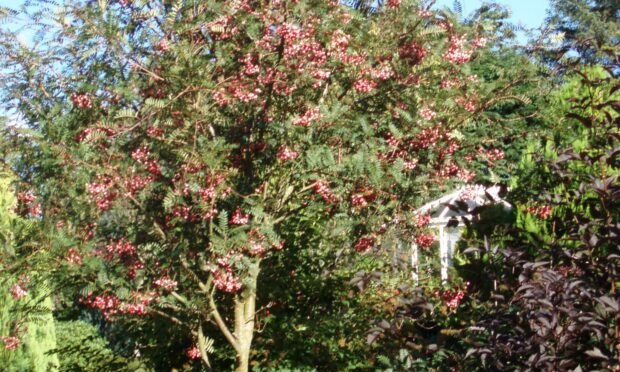
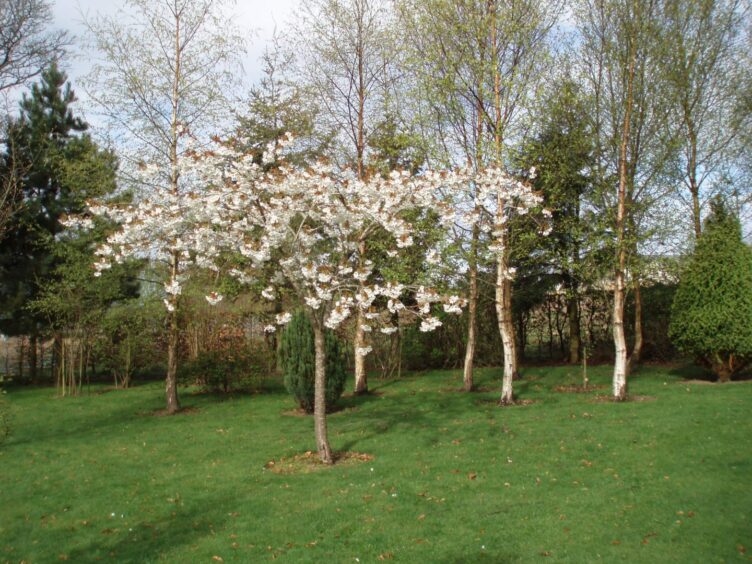
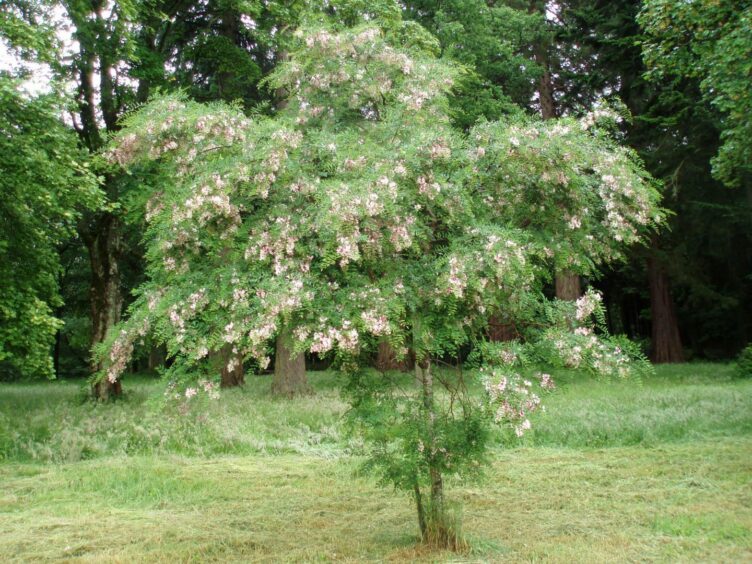
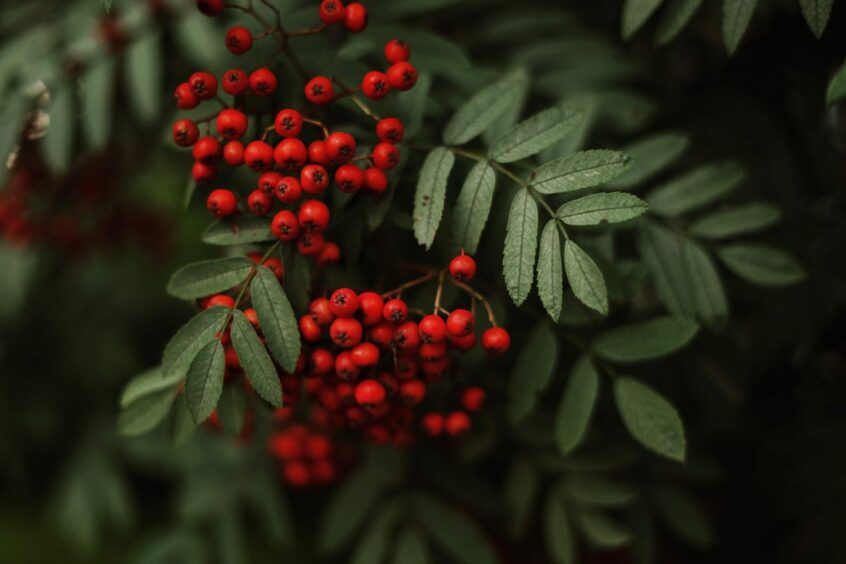
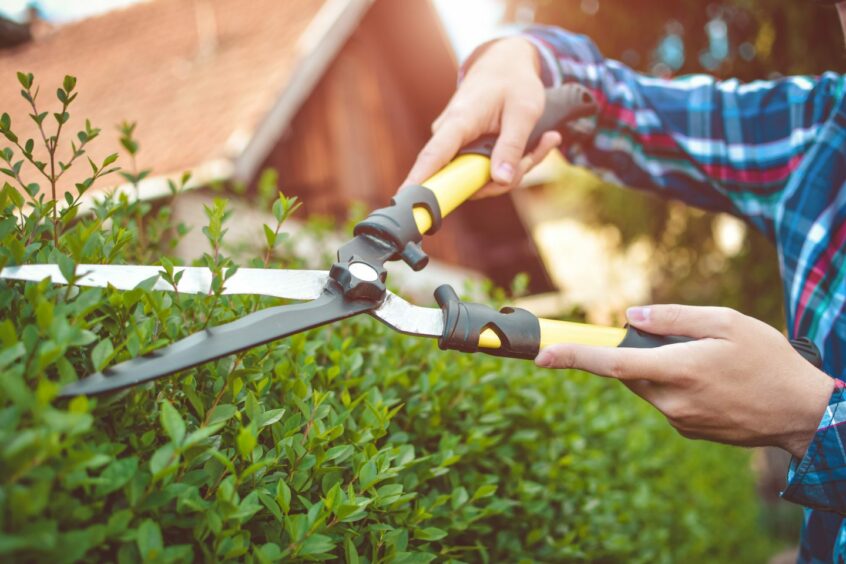
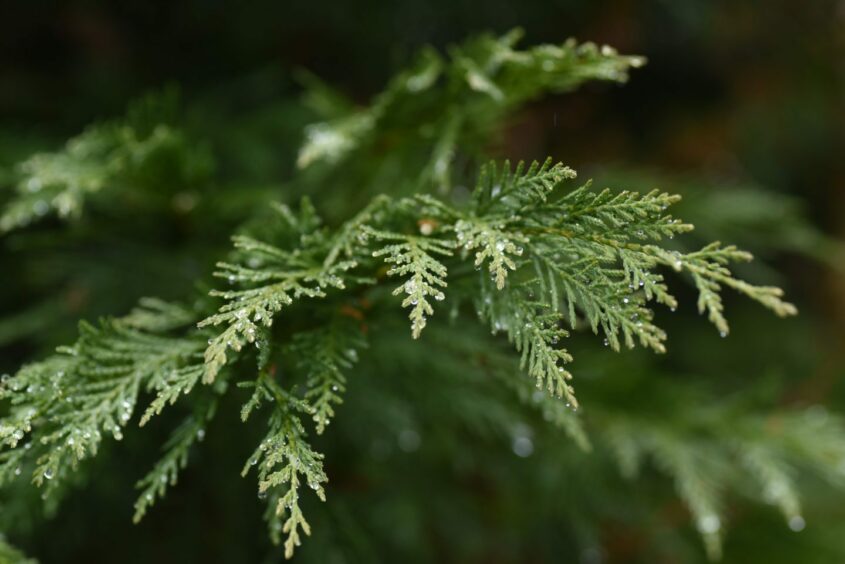
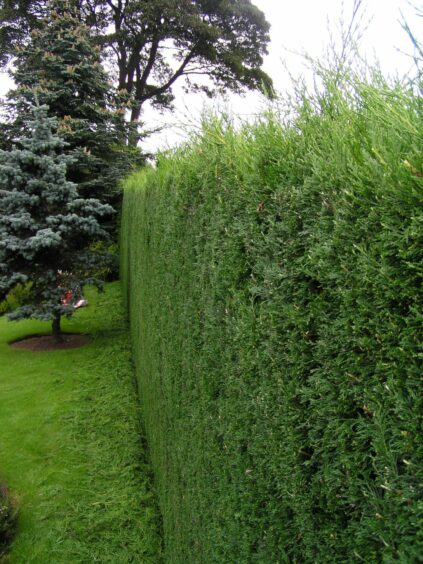










Conversation